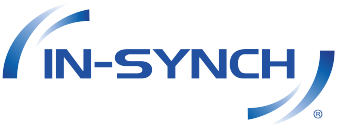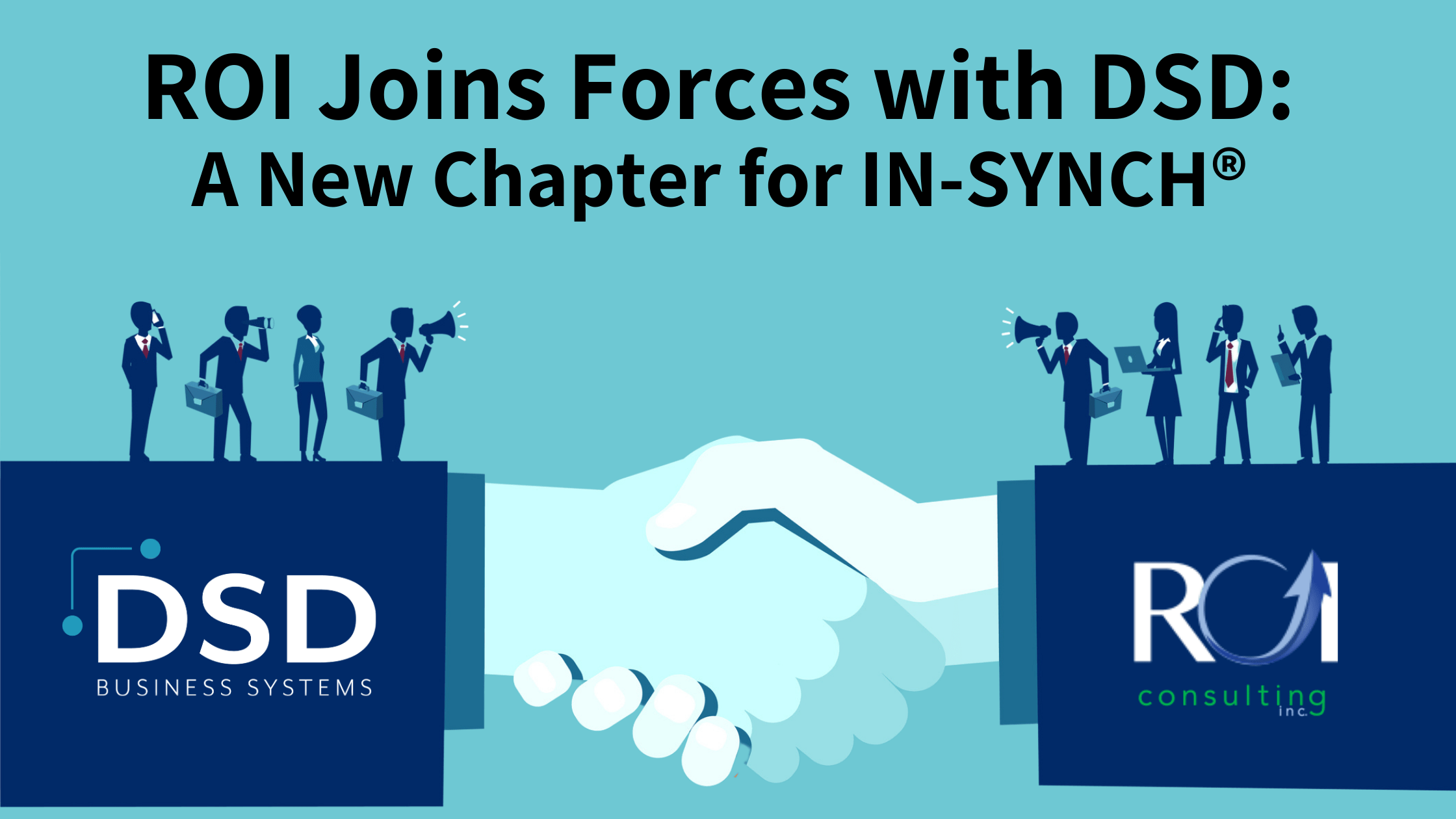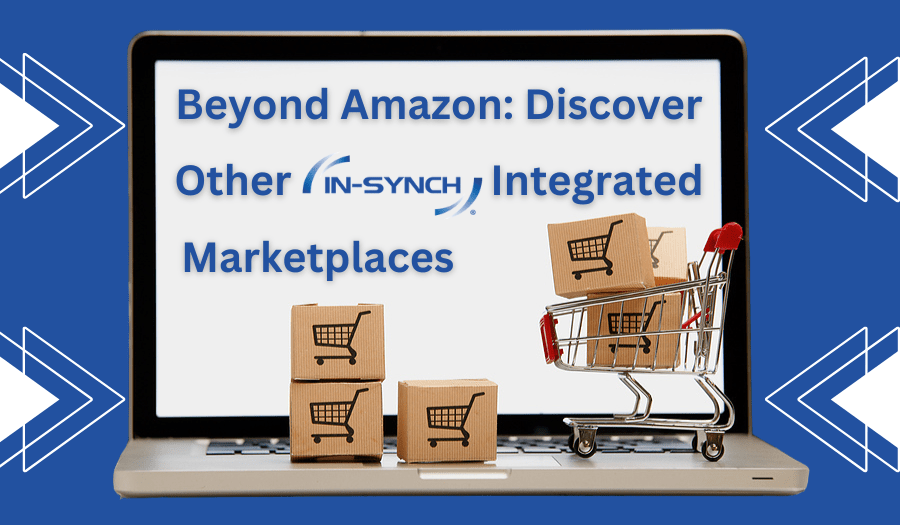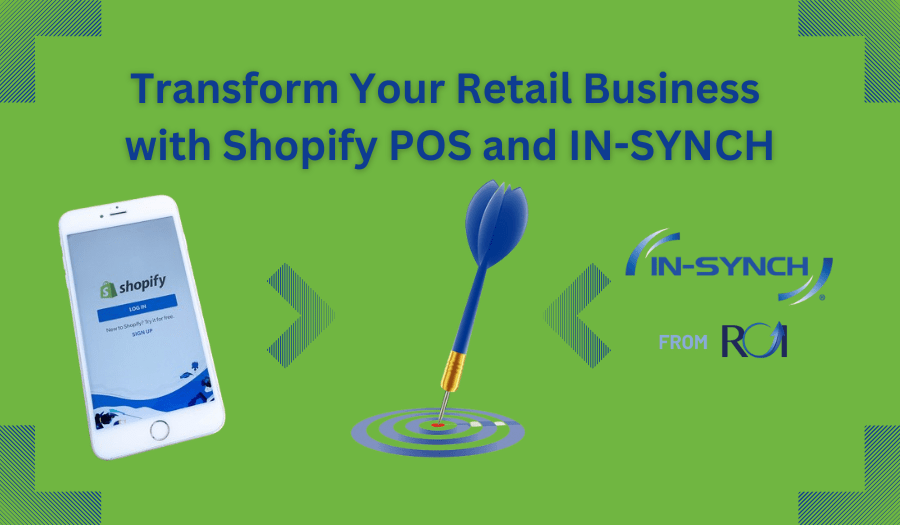By Ruth Richter • June 08, 2017
These days, Amazon is everywhere. Not only does Amazon show up in the news each day, they also continue to climb the ranks as the top seller in America, and smart business owners understand that to increase their product visibility and increase their sales volumes, they should consider selling on Amazon. This article will cover one of the popular methods of Amazon selling: Fulfillment By Amazon (FBA), and how you can create a seamless Sage / Amazon integration for the best benefits from your FBA sales methods. To learn more about Amazon self-fulfillment, read last week’s blog, Sage & Amazon Integration in Self-Fulfilled Transactions. Keep in mind that ROI Consulting can assist you with onboarding to Amazon.
Disclaimer: This article will contain a lot of in-depth information about selling on Amazon. If you’d prefer to talk directly to a Sage/Amazon-integration expert, contact Ruth Richter at ROI Consulting for help.
What Is Amazon’s Fulfillment By Amazon (FBA) Program?
If you’re looking to increase your sales volume (and already have pretty high sales volumes), creating a Fulfillment By Amazon account can help you do that. Here’s your quick and dirty guide to how the FBA program works.
With FBA, you take care of:
- Listing your products on Amazon
- Labeling your items
- Shipping your items to Amazon
- Responding to customer inquiries (sent through Amazon)
Amazon takes care of everything else for you.
This sounds easy, but since the Amazon warehouses are run by computers, these few steps actually take quite a bit of time. We’ll talk about this more in the next sections.
What Are the Benefits to FBA?
When you choose to work as an FBA seller on Amazon, you’re likely to sell more. This is because FBA sellers typically increase their Seller Ratings faster (which means more exposure as a featured merchant), and your products are eligible for Prime’s highly coveted, lightning-fast shipping options.
Amazon will take care of customer service, inventory management, shipping, and returns for you as an FBA seller, which means all you have to do is create more product to sell.
Shipping costs are very low as an FBA. Packing time and shipping costs can add up when you’re handing your own shipping, but your per-item packing costs and total shipping costs are much lower as an FBA seller.
What Are the Drawbacks to FBA?
Listing your Amazon products requires extremely detailed listings with product categorization, sub-categorization, item and packaging dimensions, weight, barcode data, and product condition. This will take a lot of your time.
Labeling your items properly for Amazon is nearly impossible, unless you have a full pot of coffee and a precise ruler at hand. This is because Amazon requires very specific labeling requirements so their computer-run warehouse can pick, pack, and ship your products efficiently.
You will be charged fees if your labels don’t meet requirements such as:
- Your labels all have to be printed on adhesive label paper that’s no more than 2”x3” in size
- Labels must contain a lot of Amazon-specific information
- They must have 0.25” of white space on the sides of the label and 0.125” of white space on the top and bottom
- All affixed labels must be perfectly squared to the corners of your package with 0.25” between the edge of the label and the edge of the packaging
In addition, maintaining your inventory with Amazon can be costly, because you pay them for storage space, and your storage fees get astronomical the longer your product sits in their warehouse. Removing inventory from the Amazon warehouses costs you money too.
Will My Sage + Amazon Systems Work Together with FBA?
If you’ve read this far, we assume you have high sales volumes, you’re okay with detailed labeling requirements, and you love the idea of increasing your sales more by working hand-in-hand with Amazon. But you’re curious if your Sage 100 system will integrate.
We have fabulous news for you: Sage 100 integration with Amazon is not only possible, it’s pretty easy to set up when you work with a Sage 100 shopping cart integration expert like ROI Consulting.
With effective integration of your Sage and Amazon store, you’ll be able to streamline your fulfilled Amazon orders into your ERP as invoices so that you get updated sales data as quickly as possible.
Sounds Like FBA Is Tricky. What Are My Alternatives?
If FBA doesn’t sound right for you, or if you want more control over your sales but still want to be listed on Amazon, you may want to consider Amazon’s Fulfillment By Merchant (FBM) seller program, which is their self-fulfillment program. In either case, ROI can advise and assist you launching on to the Amazon market!
ROI Consulting welcomes your call and the opportunity to help you enter Amazon market place and/or solve your integration challenges. Contact ROI Consulting online, or call us at 402-935-2223, ext. 1.




